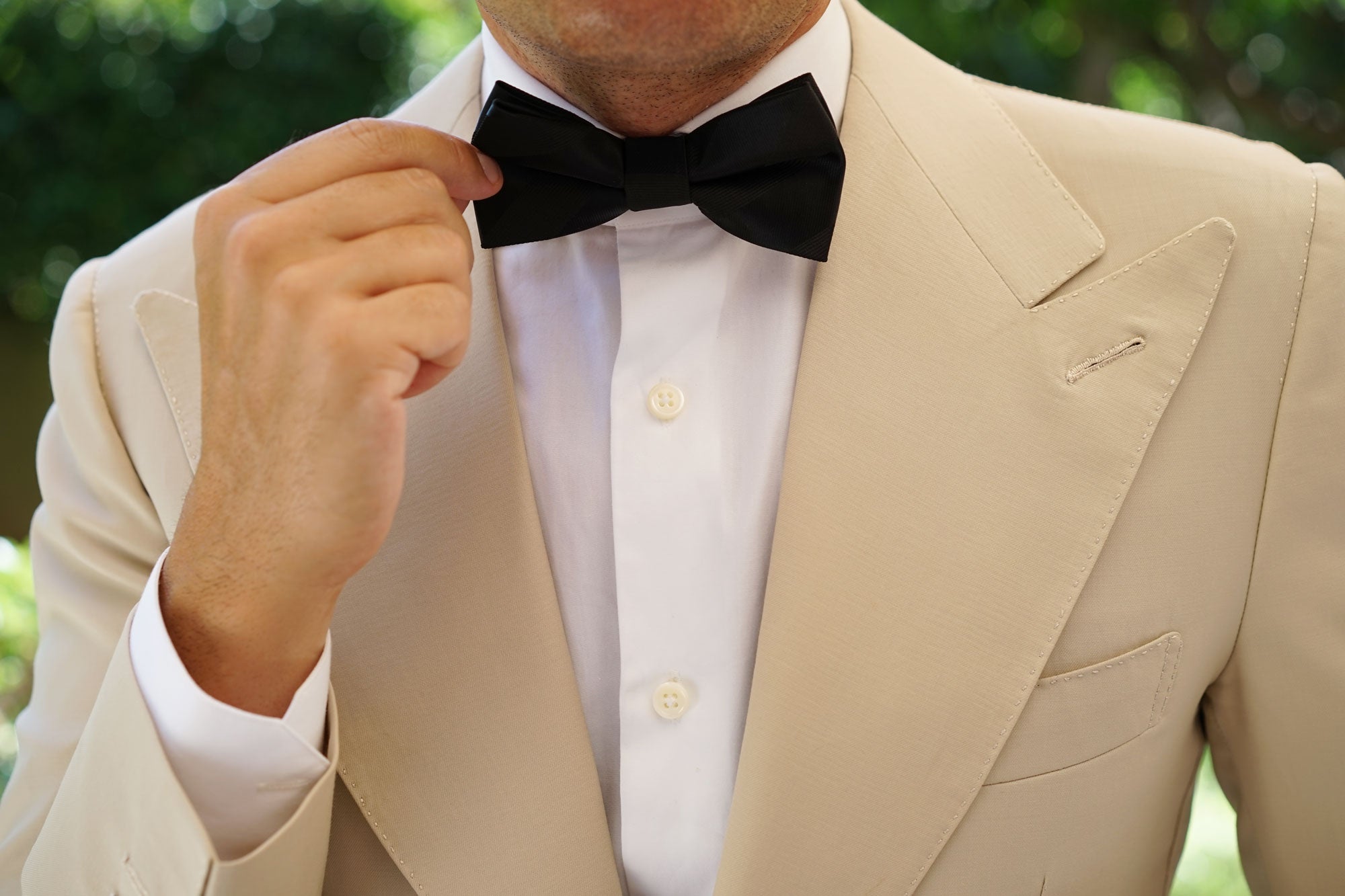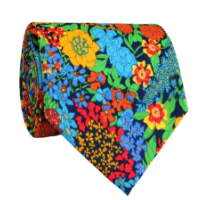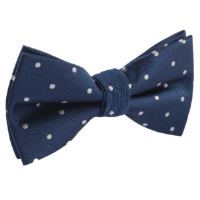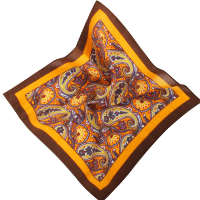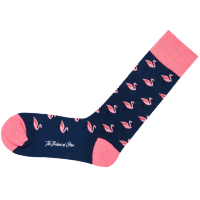Tracing the History of Bow Ties: When Did They Become Popular?
The bow tie, a timeless symbol of style and sophistication, has a rich and varied history that spans several centuries. Today, the bow tie is a favorite accessory among men and women alike, suitable for both formal and casual occasions. But when did this fashionable accessory first come into existence, and how did it become so popular? Let’s take a fascinating journey through the history of bow ties.
The Evolution of the Bow Tie
Over time, the cravat evolved into various forms, including the necktie and the bow tie. The bow tie as we know it today started to take shape in the 18th and 19th centuries. During this period, the bow tie became associated with a more formal style of dress and was commonly worn by professionals, academics, and other influential figures of the time.
In the 19th century, the bow tie became a staple accessory for men attending formal events, such as balls and soirées. With the advent of the tuxedo in the late 19th century, the black bow tie became the accessory of choice for formal evening wear. It was during this period that the bow tie solidified its place as a symbol of elegance and sophistication.
The Bow Tie in the 20th Century
In the 20th century, the bow tie continued to be a popular accessory for formal occasions, but it also made its way into casual fashion. Influential figures, such as Winston Churchill and Franklin D. Roosevelt, were often seen wearing bow ties, which helped to cement their popularity. The mid-20th century saw a rise in the popularity of skinny ties, but the bow tie remained a classic choice for those seeking a timeless and elegant look.
The Rise of Pre-Tied Bow Ties
Traditionally, bow ties were self-tied, requiring the wearer to master the art of tying a bow tie. However, in the mid-20th century, the pre-tied bow tie was introduced, making it easier for individuals to achieve the perfect knot. Pre-tied bow ties became popular among those who wanted the polished look of a bow tie without the hassle of tying it themselves.
This convenience has made it easier for people to incorporate bow ties into their daily wardrobe, and has also encouraged experimentation with different styles, patterns, and materials. Additionally, pre-tied bow ties offer a consistently polished and neat appearance, making them a popular choice for formal events and occasions where a well-groomed appearance is essential.
The Bow Tie in Popular Culture
Many famous personalities, both historical and contemporary, have been known for wearing bow ties. Some notable figures include Winston Churchill, the former Prime Minister of the United Kingdom, who often wore a polka-dot bow tie. American physicist and Nobel laureate Richard Feynman was also known for wearing bow ties. In the world of entertainment, comedian Charlie Chaplin and actor James Bond are iconic characters often depicted wearing bow ties.
The bow tie has been a favorite accessory among many iconic figures in popular culture. From entertainers like Frank Sinatra and Fred Astaire to fictional characters like Doctor Who, the bow tie has been a symbol of style and sophistication for many years. 
The Bow Tie in Different Cultures
While the bow tie has its roots in European fashion, it has been adopted and adapted by cultures around the world. In some cultures, the bow tie is reserved for very formal occasions, while in others it is worn more casually. For example, in China, the bow tie is often associated with Western-style formal wear and is commonly worn at weddings and formal events. In contrast, in many African countries, the bow tie is incorporated into traditional dress and is often made from colorful, patterned fabrics.
The Modern-Day Bow Tie
Today, the bow tie is more popular than ever. It is worn by people of all ages and backgrounds, and is suitable for a wide range of occasions. From formal events like weddings and gala dinners to casual gatherings and everyday wear, the bow tie is a versatile and stylish accessory.
The modern-day bow tie is available in a variety of styles, colors, and materials. From classic satin bow ties to more contemporary designs made from materials like cotton and linen, there is a bow tie to suit every style and occasion. Additionally, bow ties can be paired with other accessories, such as pocket squares and cufflinks, to create a coordinated and polished look.
Conclusion
The bow tie has a long and fascinating history, evolving from a functional piece of clothing to a symbol of style and sophistication. Whether you prefer a classic black bow tie for formal occasions or a colorful and patterned design for casual wear, there is a bow tie to suit every style and occasion. Explore the wide range of bow ties available at OTAA to find the perfect accessory for your next event.


